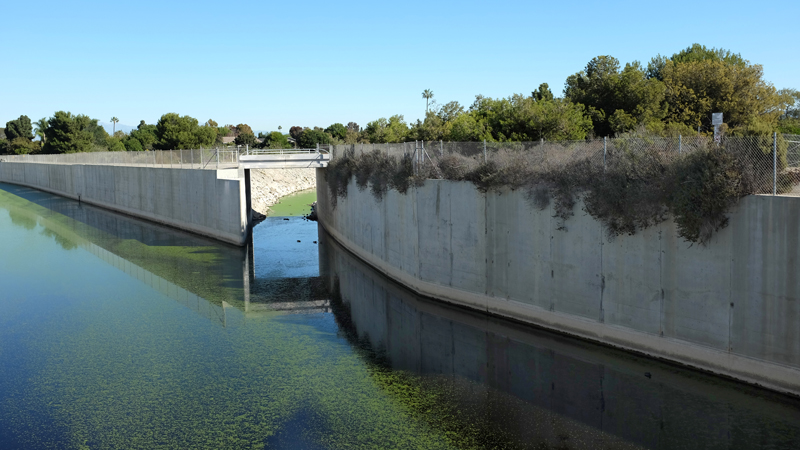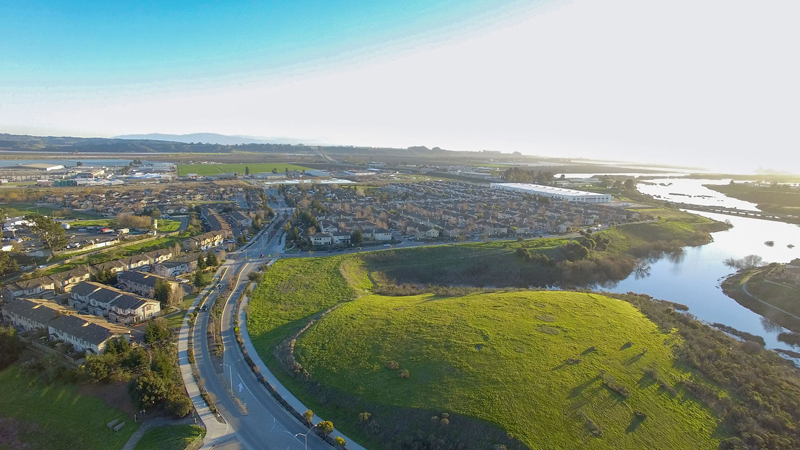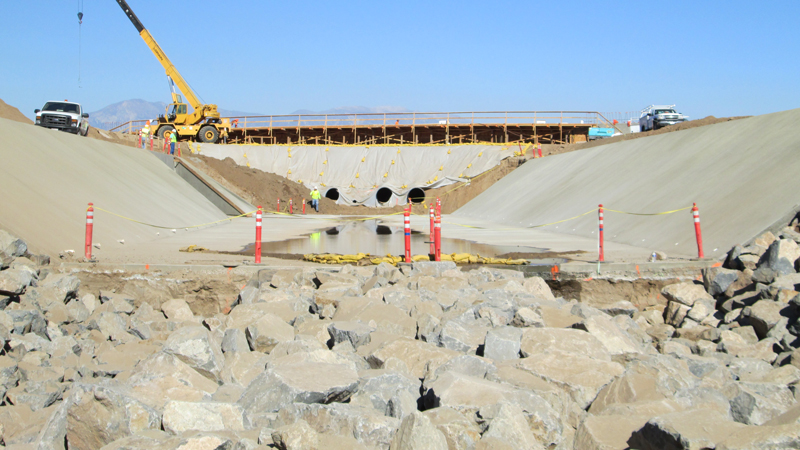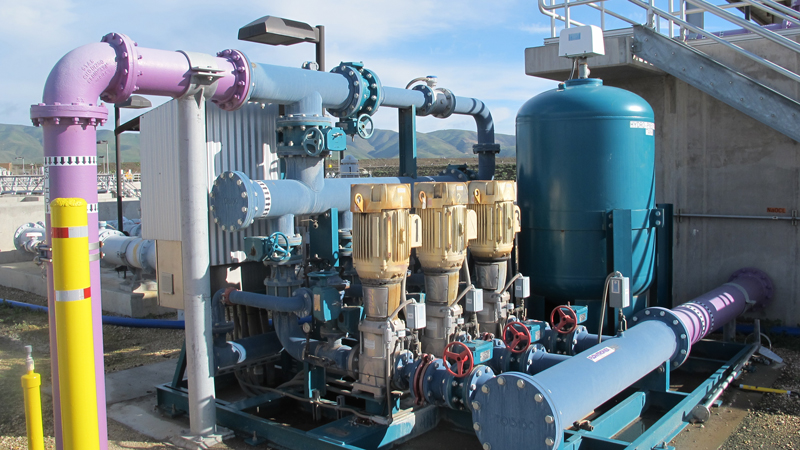Blogpost
3.8 minute read
August 03, 2015
Under the latest California State Water Resources Control Board regulations, development projects must implement a Low Impact Development (LID) approach: Impervious surfaces must be minimized; mass grading should be limited to conform to the natural terrain; and stormwater must be directed over vegetation or green space for treatment, replenishing groundwater and reducing the amount of water – and pollutants – that end up downstream.
That’s quite a change from the past, where developers were allowed to maximize their developable land and provide end-of-pipe stormwater management, meaning they could manage/treat the runoff within the flood control facilities.
Developers and agencies alike must adapt by incorporating an LID approach early on in the development process, which includes more green space to treat water at the lot level – this means stormwater regulations must be considered in the concept phase since this LID approach will drive the site planning.
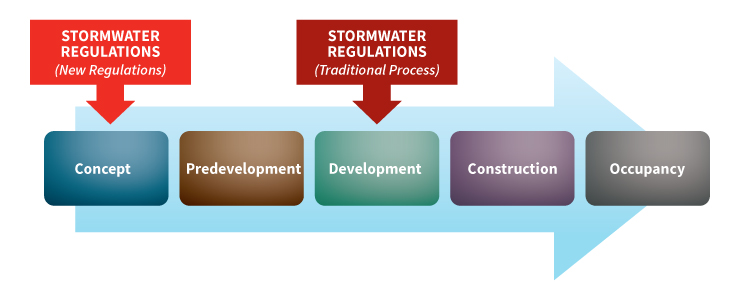
So what can public agencies do to keep pace with the drastically altered stormwater regulations and ensure that developers comply with Municipal Separate Storm Sewer Systems (MS4s) Phase II permits (which regulate cities with populations over 10,000 and under 100,000)?
LID Challenges and Solutions
The LID approach in the permit requirements can pose particular challenges to agency staff, as the intentionally broad regulation language forces staff to interpret the requirements when location-specific issues arise. This issue can lead to a precedence that was not intended.
One of the most significant changes to the new Phase I and Phase II permits in California is a newly adopted watershed approach. This calls for cities and counties to work together to set similar precedents and consistent interpretations of the permitting requirements for developers.
Municipal agencies can navigate the ever-changing and challenging stormwater permitting landscape in several ways. Here are four key solutions:
- Become more involved in the permitting requirements process. Identify representatives in relevant municipal departments to take part in advisory committees and water board meetings. This will shed light on why regulations are in place and how the process works while building vital relationships with water board staff members and maintaining lines of communication.
- Establish procedures and consider funding options. Make sure that various departments (i.e. planning, public works, engineering, and maintenance) are consistently communicating throughout the development review and approval process. This will help agencies remain compliant with permit regulations, verify that the development is sustainable, cut down on costly construction delays, handle legal matters and mitigate environmental concerns. Agencies should also decide who will be responsible for maintenance (public agency or HOA) and consider how they will fund the on-going maintenance activities that will be needed. If an HOA will be responsible for maintenance, how will the agency enforce maintenance requirements since the agency will be responsible for permit compliance? If the agency will maintain the improvements, they should consider establishing appropriate funding mechanisms (e.g., Community Facilities Districts) to ensure a funding source for the long-term maintenance of these facilities.*
- Bring in the experts. Mostengineering consultants are up to speed on the shifting stormwater permitting requirements. They can help agencies during pre-application reviews and improvement plan reviews by making sure developers use appropriate LID approaches. Consultants can also act as an interpreter of sorts, helping both agencies and developers understand the regulations (and each other).
- Educate your community. Community members may need to see the big picture of water resources and funding before they support LID. You can leverage your Public Education and Outreach Program to assist with this effort. Also, stay informed on local and statewide efforts. Recent measures – like the Stormwater Initiative led by Contra Costa County and the County Engineers Association of California (CEAC) – call for stormwater infrastructure and services to be funded in a similar fashion as water and wastewater. City officials mustreach out to their communities and stress the importance of managing stormwater to secure the necessary funding.
What are your thoughts on LID regulations? Do any challenges or solutions stand out to you?
*For more information on funding options, check out our special district finance services. Download a related white paper by our public finance team, Are You Reimbursing Developers for Construction of Public Infrastructure? 5 Things You Need to Know About Acquisition Audits.
Authors
Markets
Services
Categories
Funding




